Travel Tips and Stories of Cairns in Australia
Find inspiration with pictures, tips and stories of Cairns from travelers sharing their experiences
Book your trip to Cairns and remunerate who inspired you
Travel guide of Cairns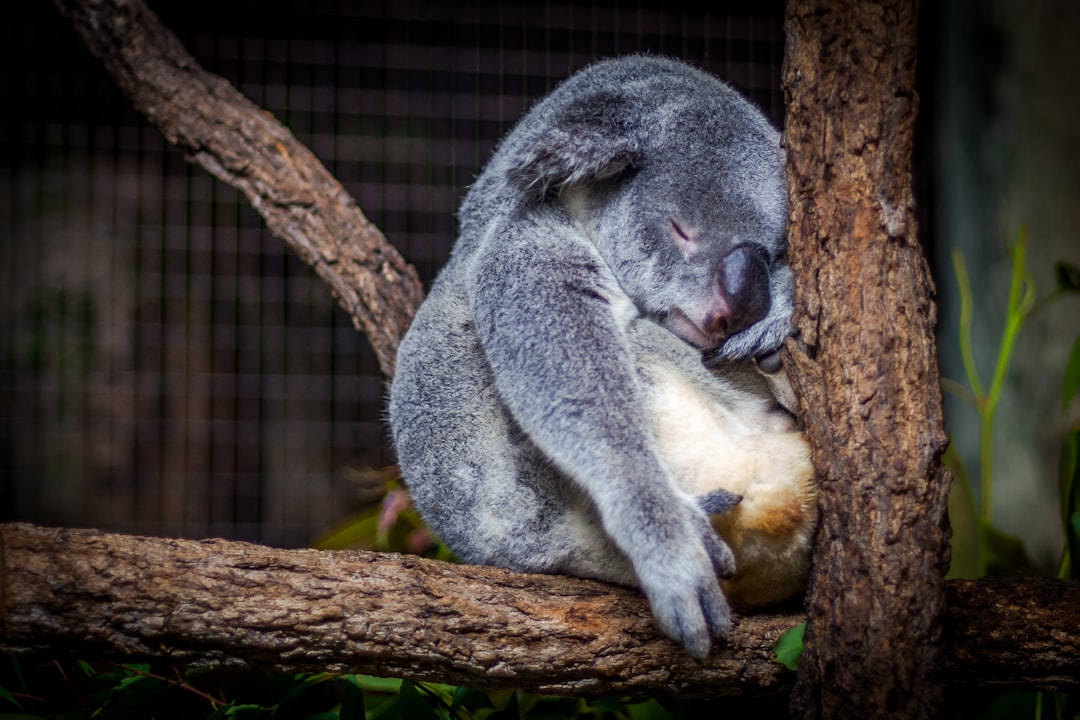
Find inspiration with pictures, tips and stories of Cairns from travelers sharing their experiences
Book your trip to Cairns and remunerate who inspired you
Travel guide of Cairns
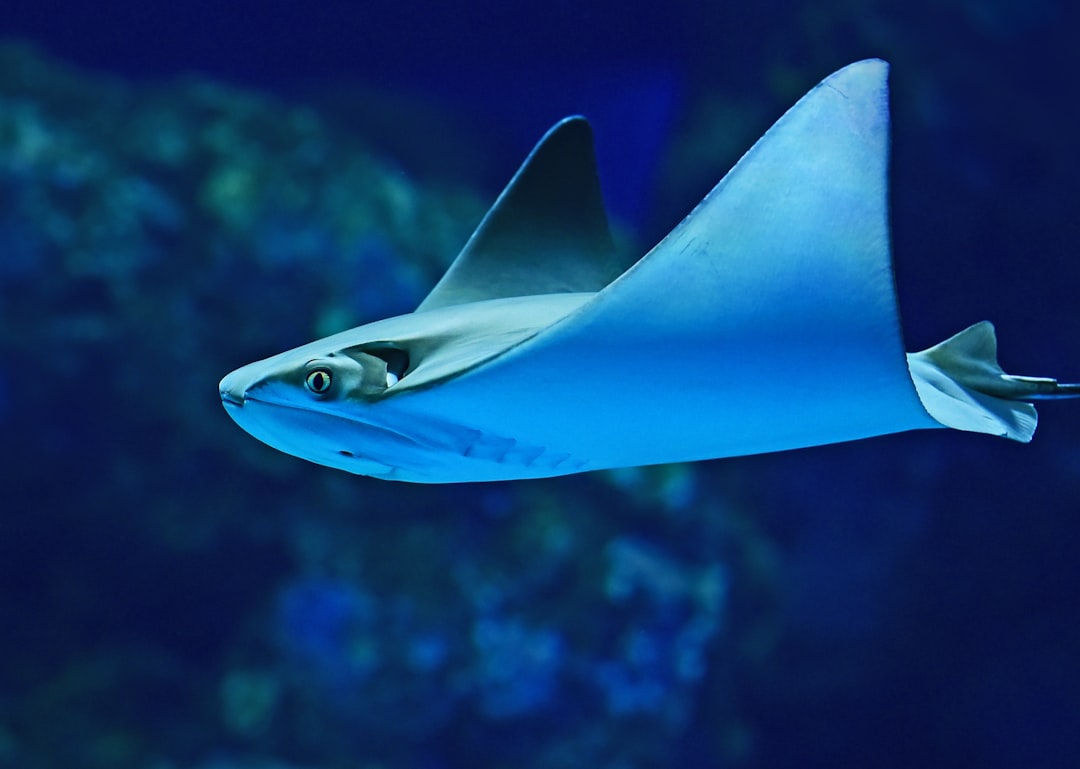
A cow nose ray swims past at the Cairns Aquarium. These fascinating and rather weird-looking rays are a type of eagle ray, and are found in the Western Atlantic Ocean from New England to Brazil.

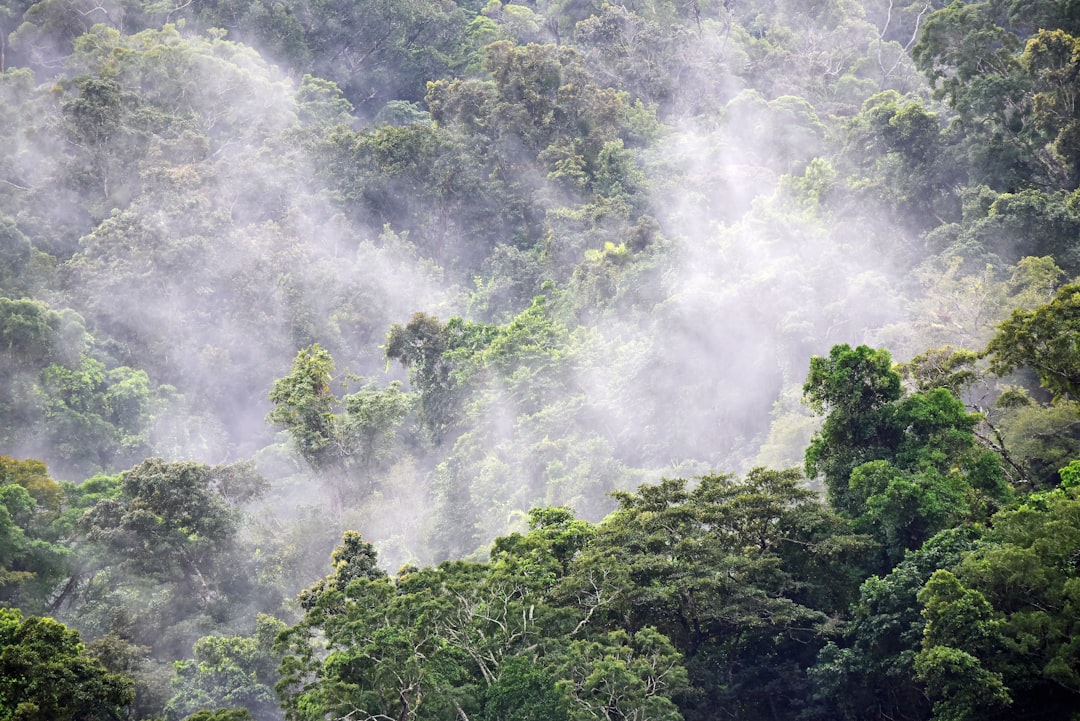
Rain makes rain forests, but rain forests also make rain. Billions of bacterial particles combine with transpired and evaporated moisture to form and seed clouds which then rain on the forests in a magical natural cycle. Photo taken in Mount Whitfield National Park, Cairns, Australia.

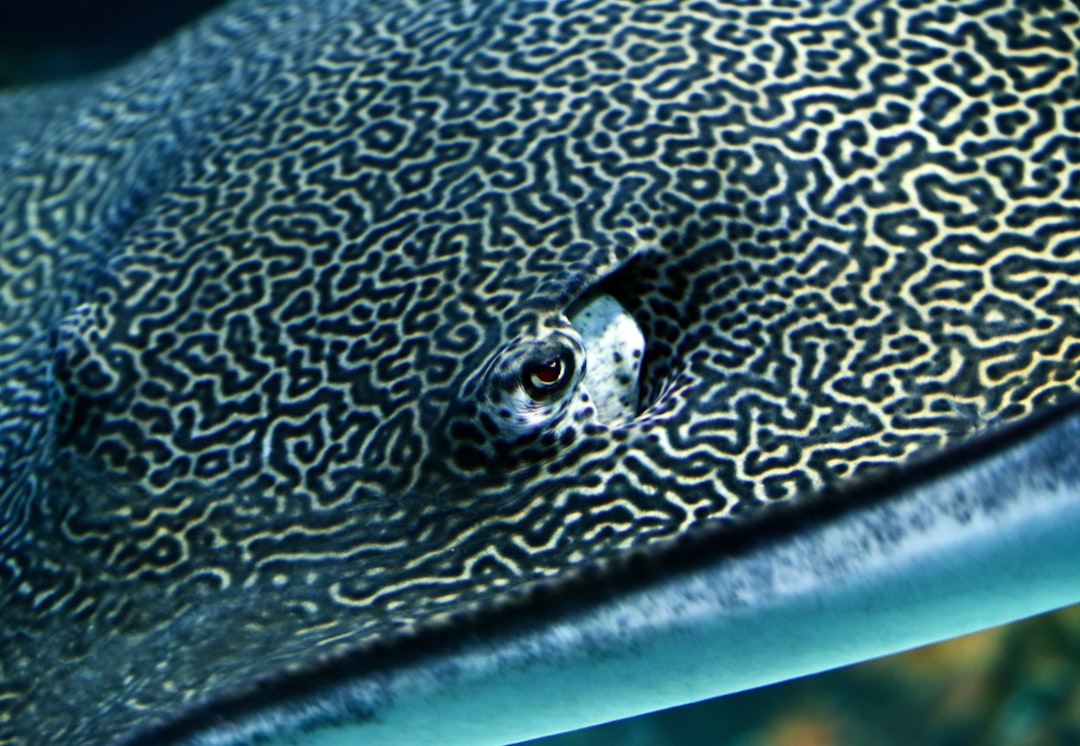
A Honeycomb Stingray checks me out as it swims past at the Cairns Aquarium. I love the dazzling camouflage pattern. Also known as a Reticulate Whipray, and found in the Indian Ocean off East Africa through to Taiwan and south to Australia in the Pacific Ocean.

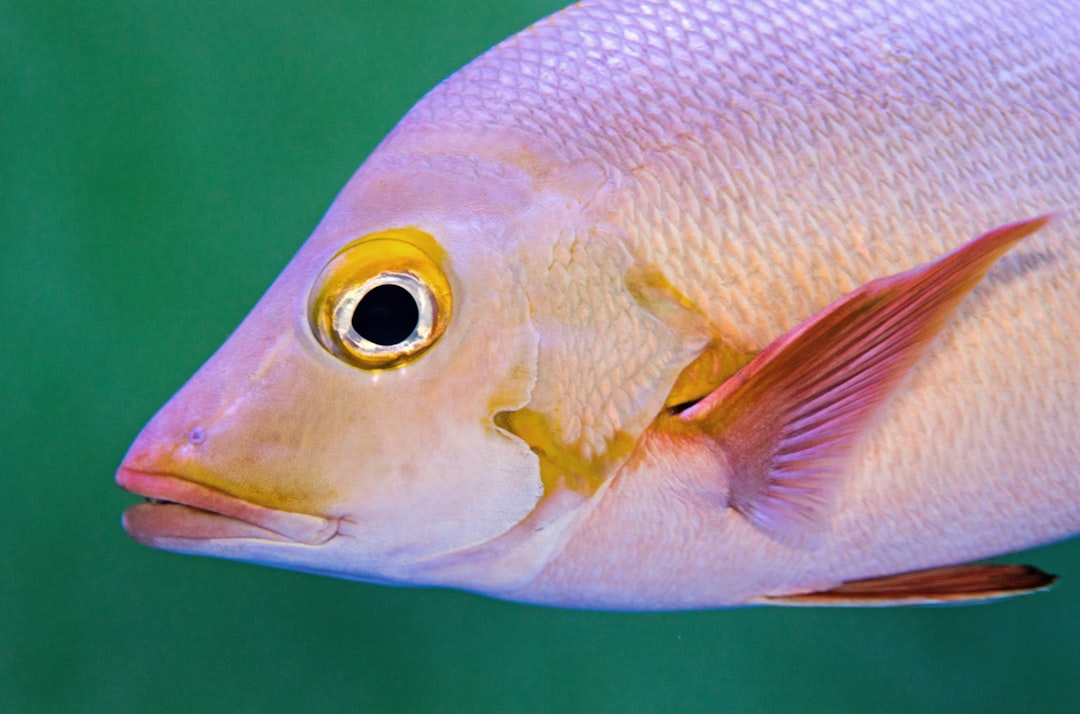
Paddletail snappers are pretty fish found from the Red Sea through to Japan and Australia. People usually avoid eating them as they can cause ciguatera poisoning.

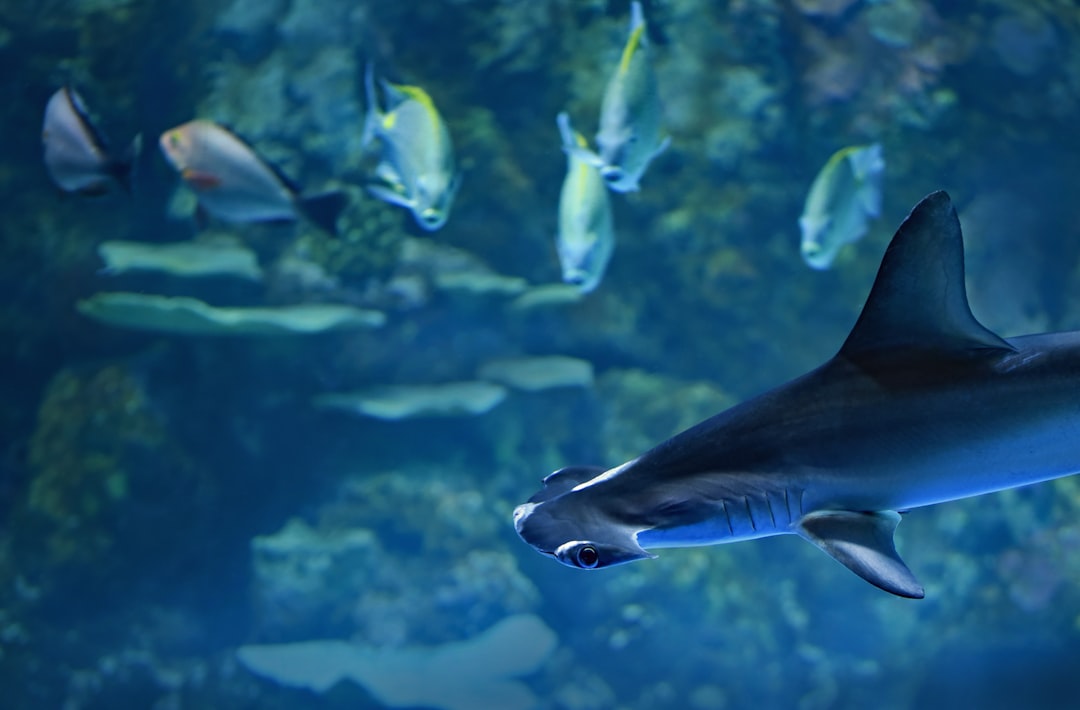
The fish in the background look spooked to me, with two swimming away, as an ominous-looking juvenile hammerhead shark glides past. Photo taken at the Cairns aquarium.


Close up of a lionfish. These fish are beautiful but have poisonous spines, and have been introduced to the Caribbean, where they are now a pest. Photo taken at the Cairns Aquarium, Australia.

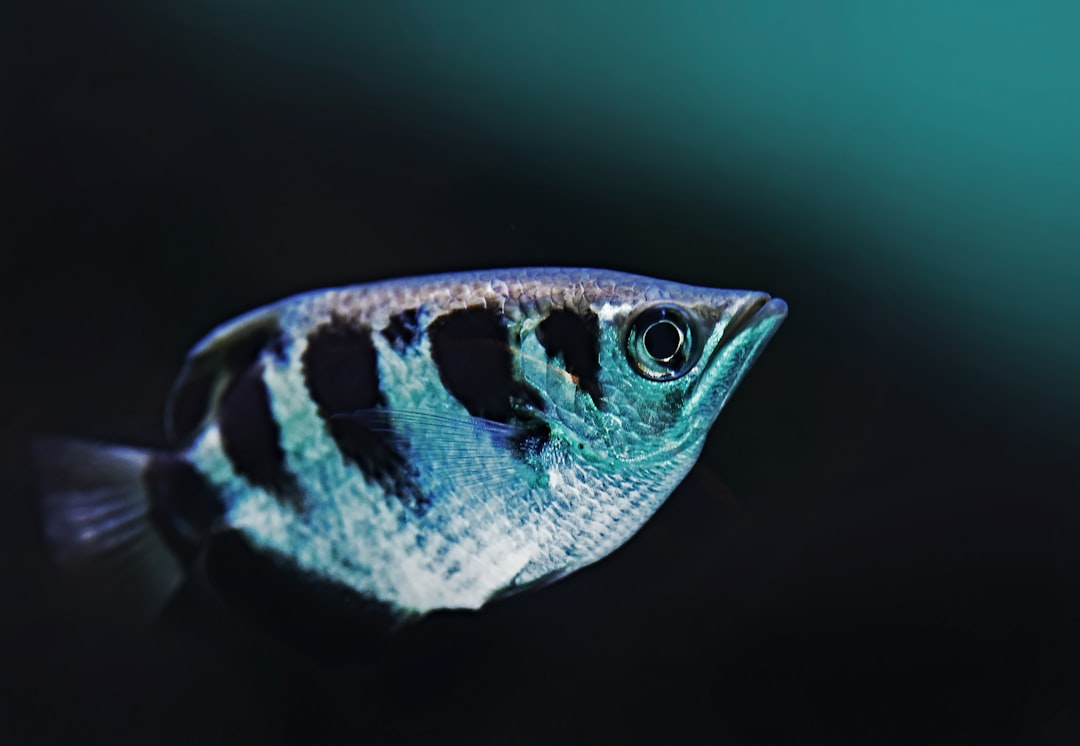
These amazing fish can spot an insect or other prey sitting on a branch overhanging the water, come to the surface, and squirt a jet of water at the insect, knocking it off its perch and into the water, where the archer fish catches and eats it.

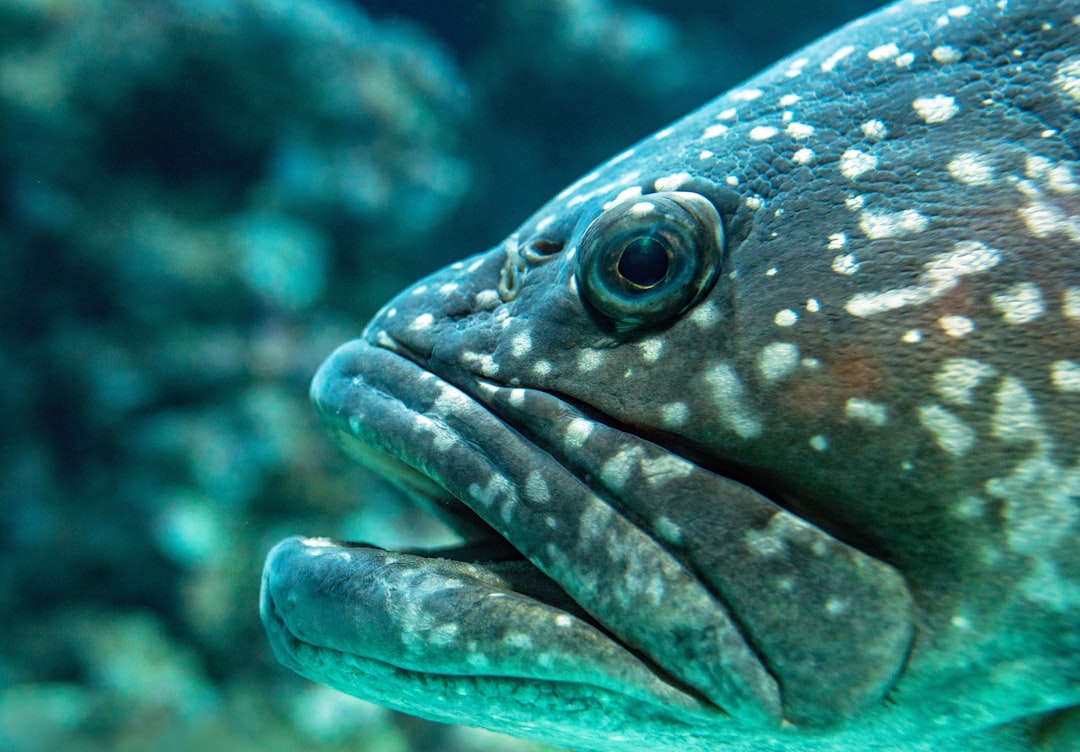
A close up of a Queensland Grouper (or Groper as they called in Australia), at the Cairns aquarium. I estimate this fish to be about 1.2 metres long (over a yard).

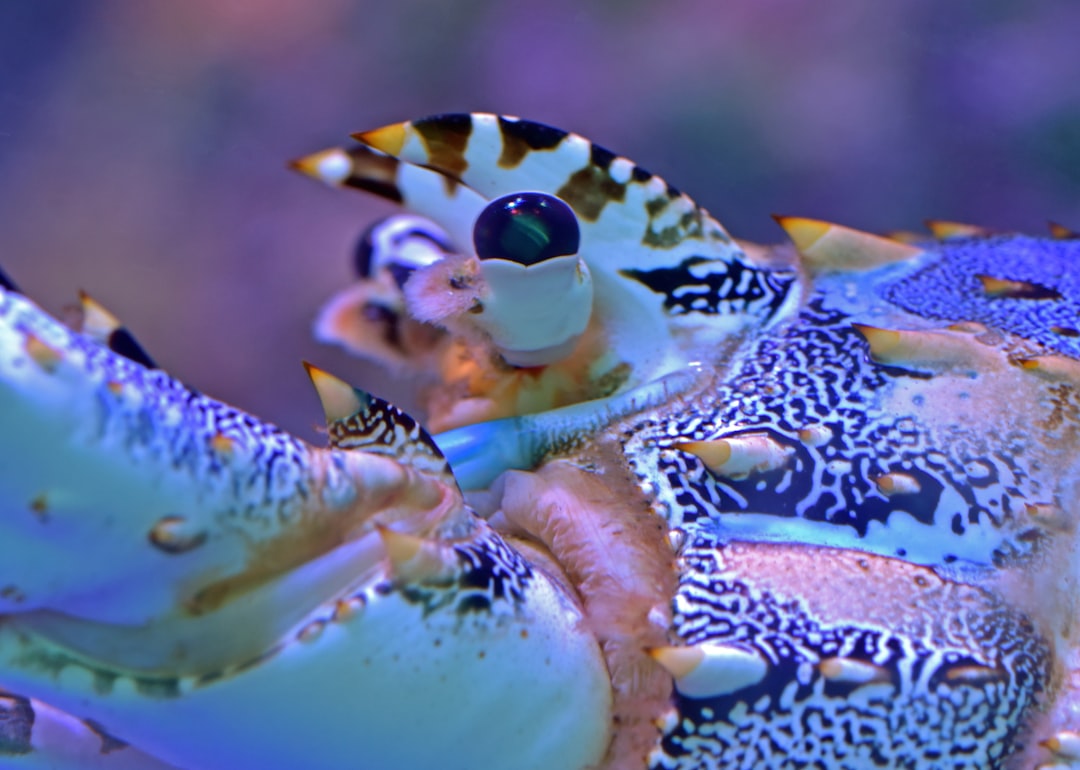
The water creates some distortion, but I still like the lovely pastel colours of the painted crayfish, which actually works as camouflage on a colourful tropical coral reef.

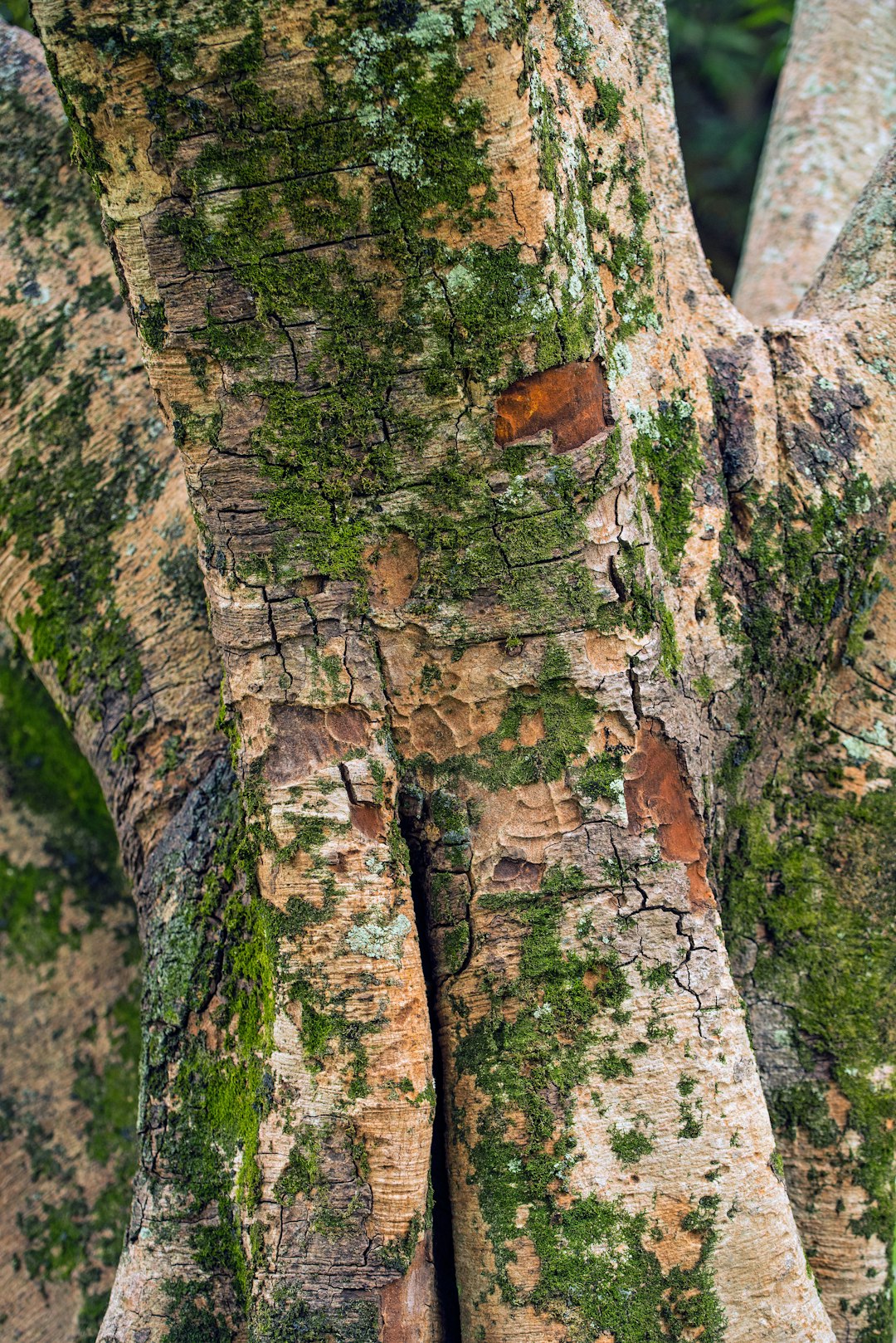
Buddha tree. The trunk of a bodhi tree or peepal tree in Cairns Australia. This is the type of tree under which the Buddha sat (for 49 days!) till he received enlightenment. I am not a Buddhist, but I thought that Buddhists may like a photo of a bodhi tree. The botanical name is appropriate: Ficus religiosa. For those who appreciate the wonders of nature, you may enjoy visiting the page “Divine designs God’s creation” on my site Tracts4Free.wordpress.com which has photos of all sorts of wonderful things in nature.

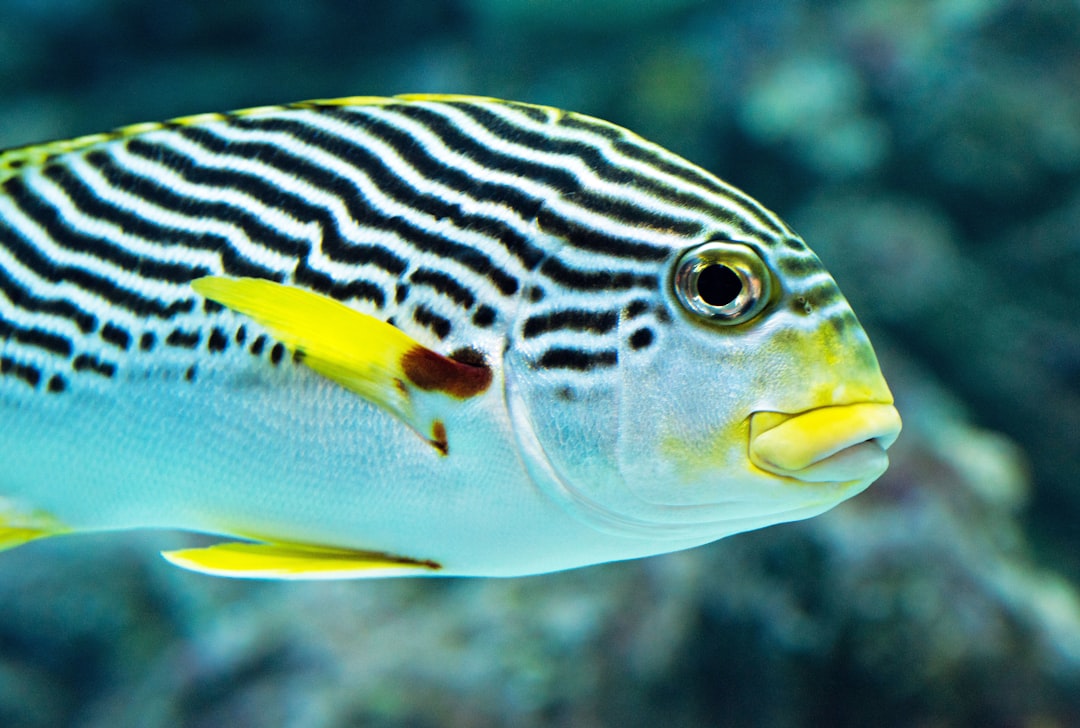
A yellow-banded sweetlips fish swims close to the glass at the Cairns aquarium. In Australia we like to keep things simple, and the name of this fish speaks for itself.

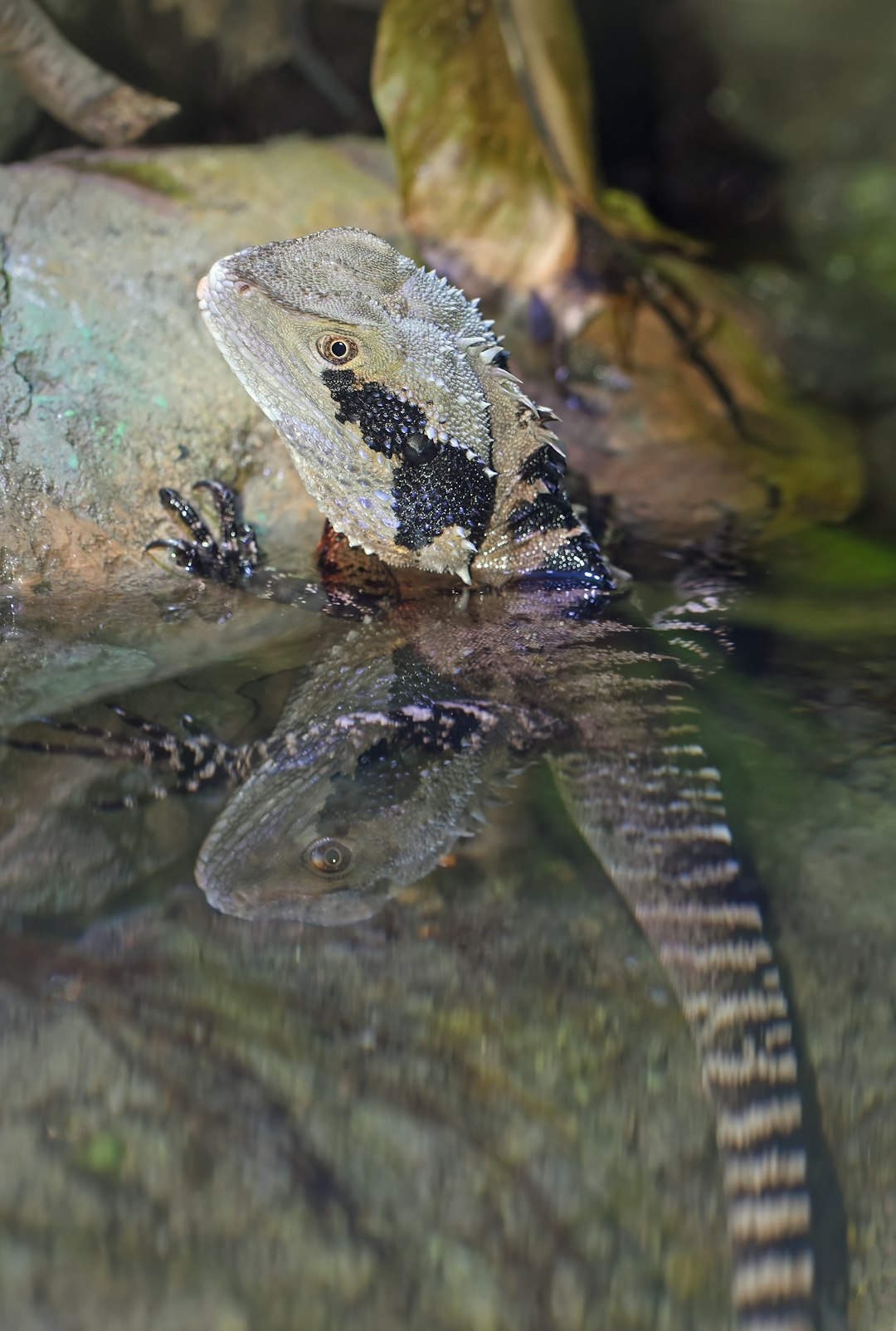
Eastern Water Dragons often sun bake near water, and then cool off in the water. They also tend to escape and hide in the water if they feel threatened.

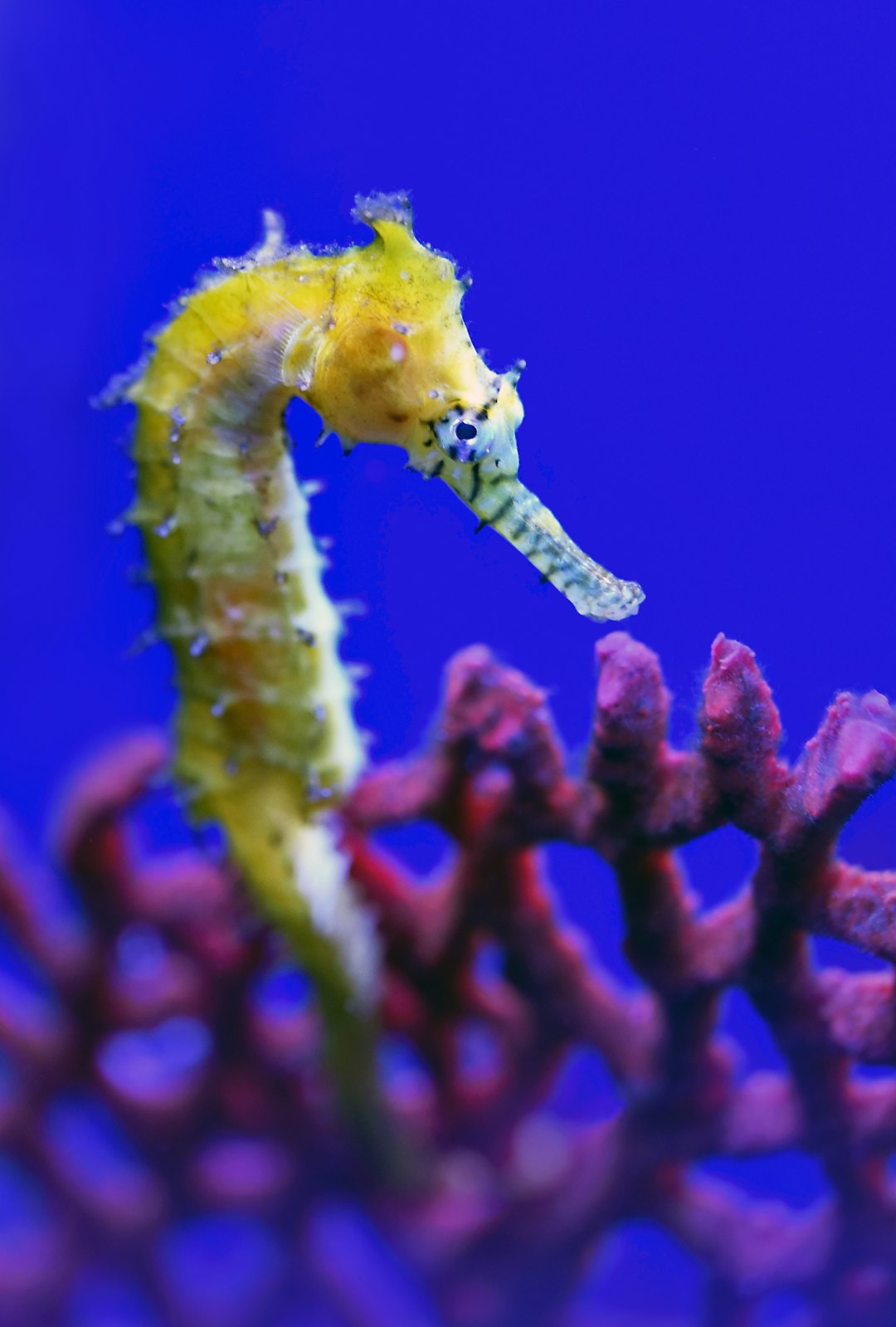
A pretty yellow seahorse at the Cairns Aquarium. These are dainty little creatures, which are difficult to find in nature. I was privileged to see a leafy sea dragon while scuba diving off Portsea pier in Melbourne Australia, years ago.

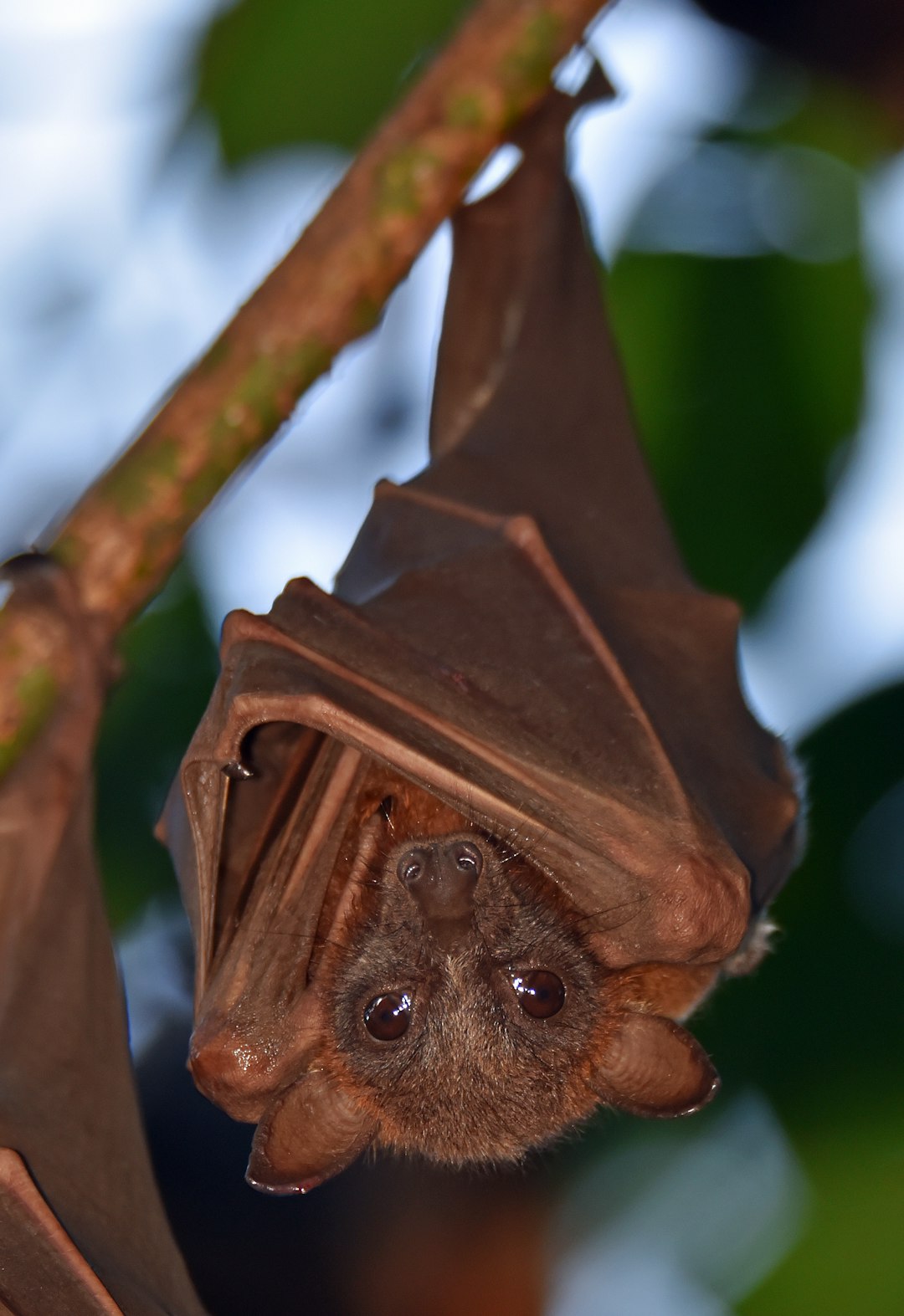
These cute little bats sleep in large trees in the middle of town (Cairns, Australia), with another larger species, the Spectacled Flying-fox. It is safer for them to sleep in town as there are fewer predators such s snakes.

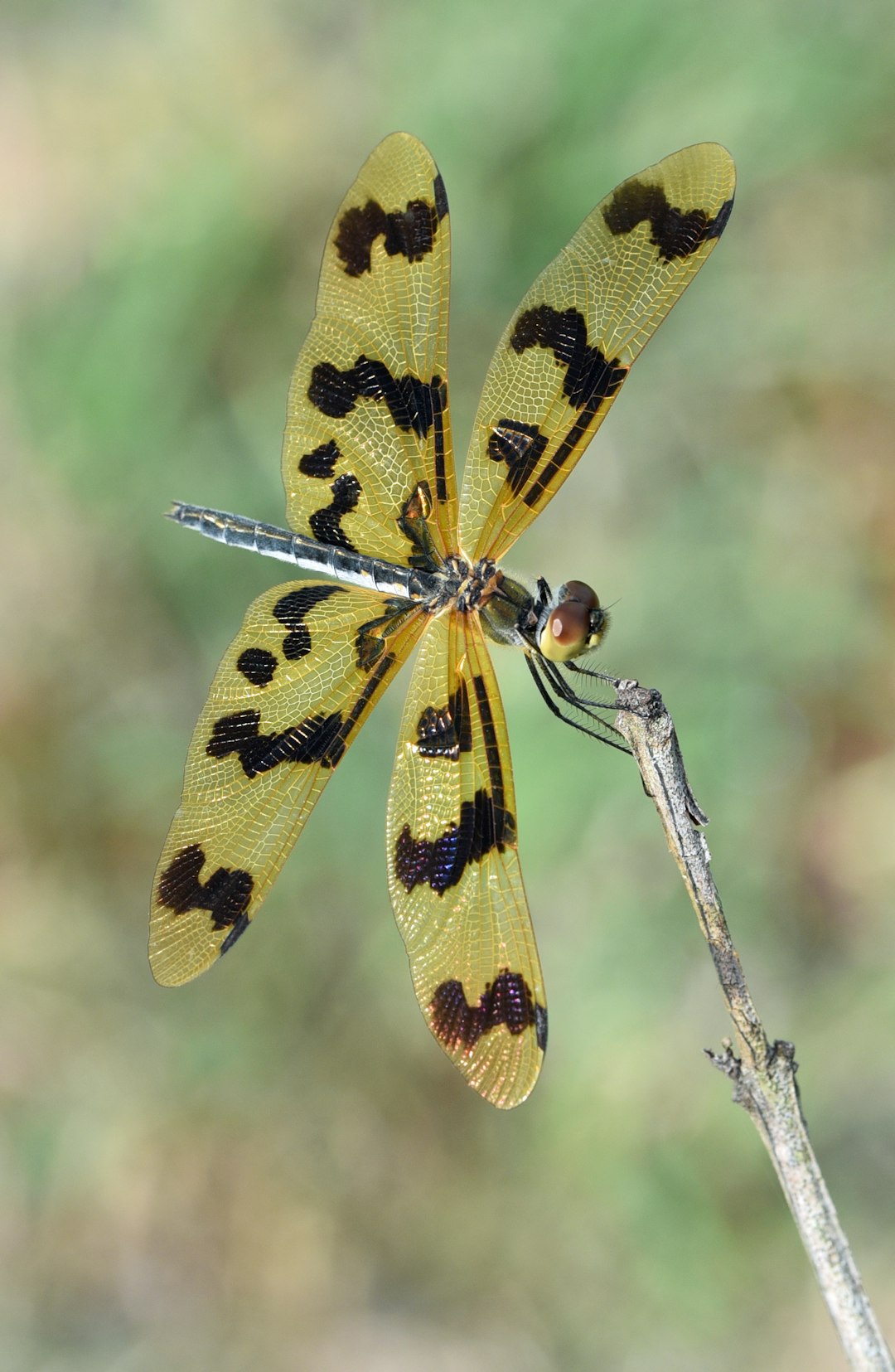
This delightful Graphic Flutterer showed off it’s camouflage pattern long enough for me to get a photograph, at the Cattana wetlands, Cairns, Australia.

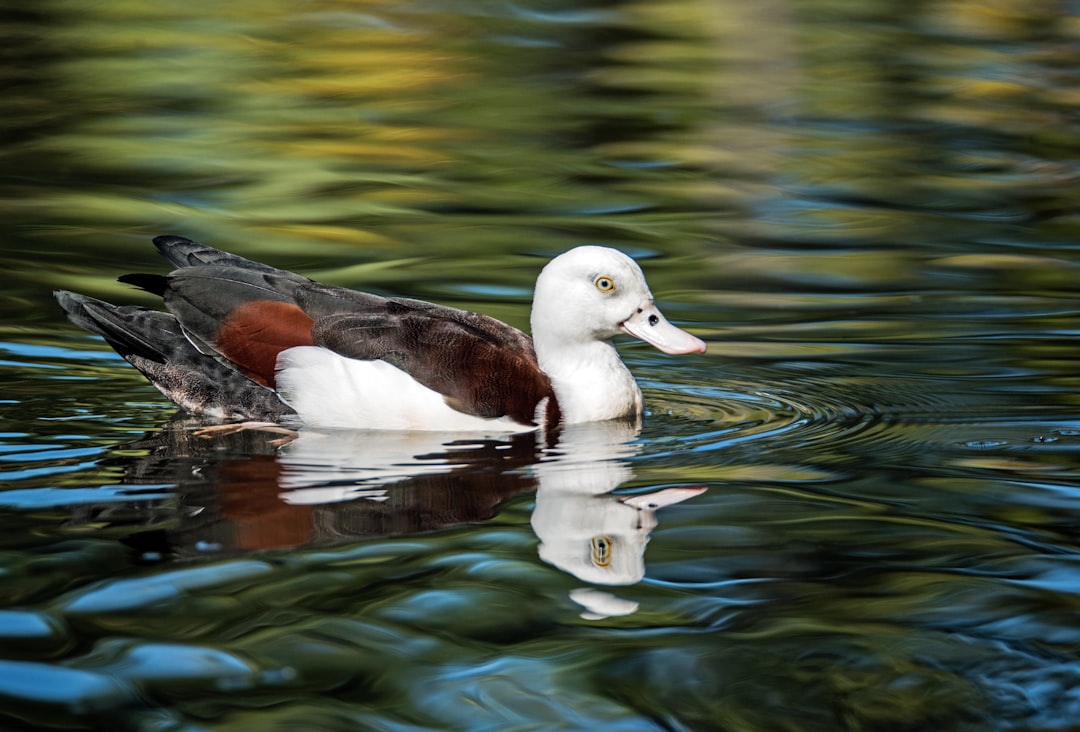
Radjah shelducks are a pretty type of duck found in Australia and New Guinea. This one is enjoying an early morning swim at Freshwater lake in Cairns Australia.


A pair of sunbirds live right outside my front door. I planted these flowers, and a few others, because I know they like to sip nectar from these flowers, and it has worked like a charm. For those who live in the Americas who are familiar with hummingbirds, sunbirds are the equivalent birds in Australia, through Asia and Africa. They are typically not quite as small as hummingbirds, but are usually very colourful, and can hover to sip nectar out of flowers. This is a male Olive-backed or Yellow-bellied sunbird.

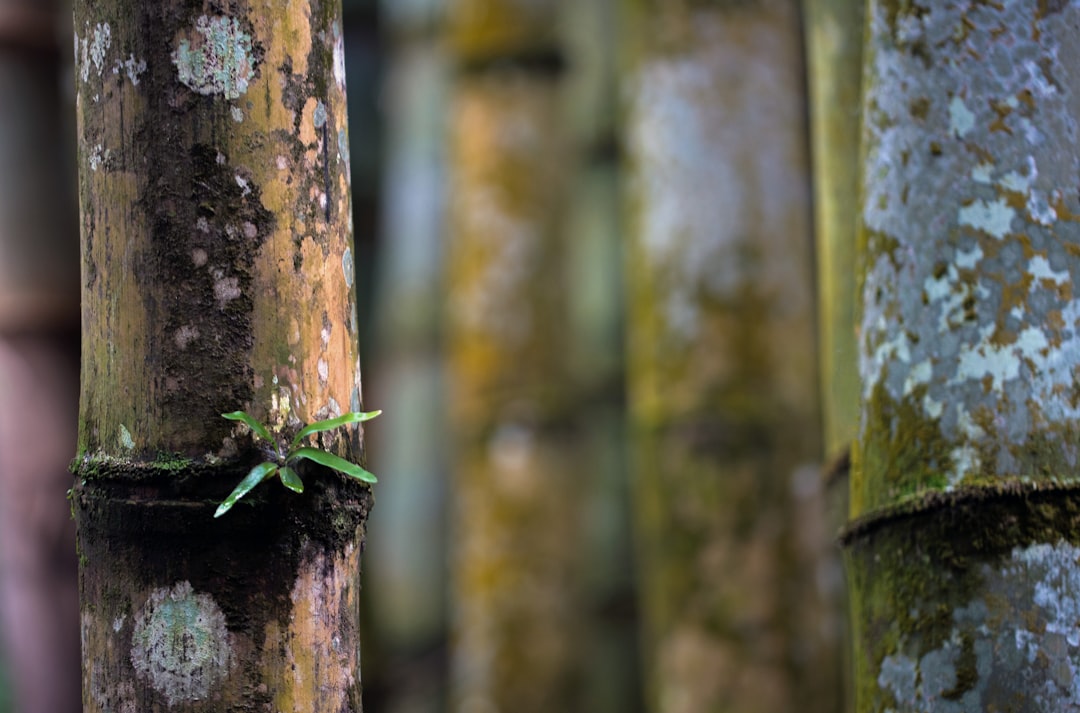
A small fern growing on a bamboo culm in the Cairns Botanic gardens Australia. I like the bokeh in this photo with the blurred bamboo in the background and the fern in focus in the foreground.

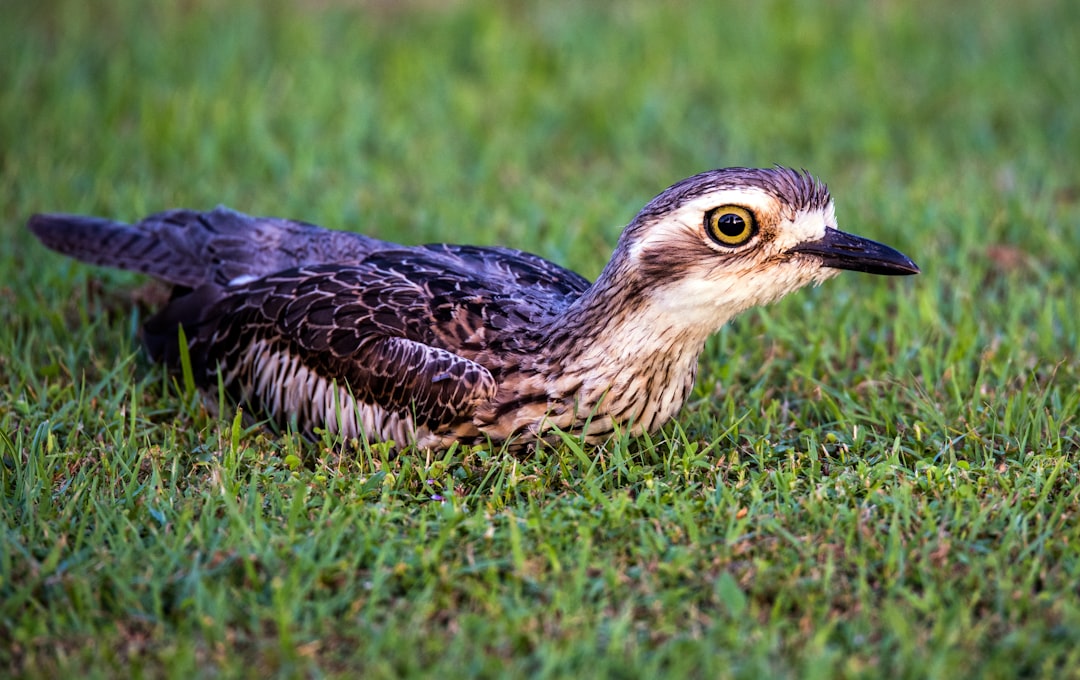
I like the way the soft late afternoon light illuminates the face of this bird. Bush stone-curlews are nocturnal, and their big eyes help them to catch insects at night. These birds are also extremely well camouflaged when lying on stones, or dead leaves and twigs, but easy to see here on a lawn.


A lush planting of palms and ferns in the rain forest at the Cairns Botanic Gardens in Australia (Daintree Fan Palm Licuala ramsayi, and water fern Blechnum nudum).
